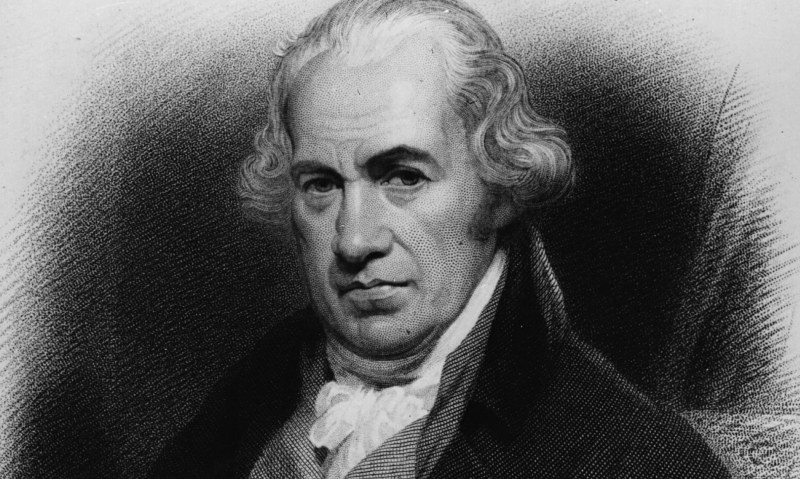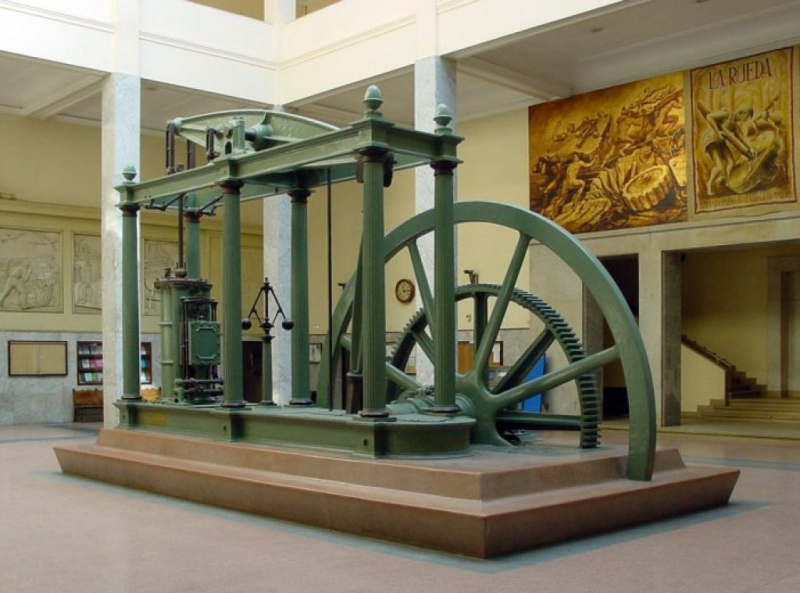James Watt
The Watt steam engine, created in 1776 by Scottish inventor, mechanical engineer, and chemist James Watt, was a key component of the Industrial Revolution that transformed both his native Great Britain and the rest of the world. Watt improved on Thomas Newcomen's 1712 Newcomen steam engine.
Watt developed an interest in steam engine technology while working as an instrument maker at the University of Glasgow. James Watt understood that by constantly cooling and reheating the cylinder, modern engine designs lost a significant amount of energy. The separate condenser, a design improvement made by Watt, prevented this energy wastage and significantly increased the power, efficacy, and affordability of steam engines. He eventually modified his engine to generate rotary motion, substantially expanding its application beyond water pumping.
Before forming a company with Matthew Boulton in 1775, Watt tried to sell his innovation but struggled mightily financially. Watt finally got wealthy and the new firm of Boulton and Watt became very successful. Watt continued to create other innovations after retiring, although none were as significant as his work on the steam engine.
The first engines were installed and operational in businesses in 1776. The only motion created by these early engines, which were employed to power pumps, was a reciprocating motion to move the pump rods at the shaft's base. Since the design was profitable, Watt spent the following five years installing additional engines, largely in Cornwall, to pump water out of mines. He continued to modify and enhance the steam engine throughout the course of the following six years. One of these was a double-acting engine, in which the steam alternately worked on the two sides of the piston. It was described how a compound engine coupled with two or more engines. These received two additional patents in 1781 and 1782.
Other enhancements that facilitated simpler manufacturing and installation were continuously put into practice. The parallel motion linkage was yet another significant development and one of which Watt was very proud. In 1784, this was patentable. It was crucial to have a centrifugal governor, which was developed in 1788, to prevent the engine from "running away," as well as a throttle valve to manage the engine's output. Together, these upgrades led to an engine that was up to five times more fuel-efficient than the Newcomen engine. Watt introduced the idea of horsepower, and as a result, the watt, a SI unit of power, was called in his honor.
Born: 19 January 1736 (Greenock, Renfrewshire, Scotland)
Died: 25 August 1819 (Handsworth, Birmingham, England)












